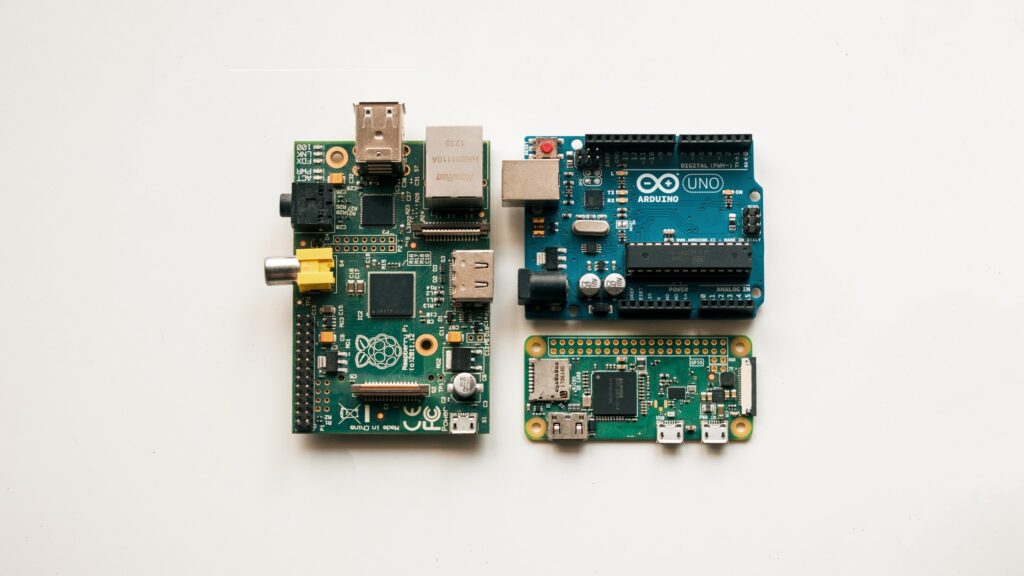
Embedded Systems are everywhere, although you may not always see them. Some examples of devices around the home containing embedded systems are:
- Set top boxes e.g. Sky, Cable
- Wifi Routers
- Alexa, Nest, Hive or other home automation system
- Remote controls
- Alarm systems
- “Smart” anything e.g. TV, Watch, Fitness tracker etc.
- Kitchen appliances e.g. Microwaves, Washing machines, Dishwashers etc.
Looking further afield, Embedded systems are also found in industry: vehicle ECUs, flight controllers and robotics are just some examples. They can therefore typically be categorised as:
- Perform a single or “dedicated” function only
- Have some form of “programmable” hardware, e.g. microcontroller, FPGA, CPLD, etc.
- Are relatively low power and can be battery operated
- May use off the shelf components, but are truly bespoke to the application
- Need to be reliable and long lasting
Are computers and laptops embedded systems? Typically not as they are general purpose and can perform many different duties, although the motherboard will contain firmware which would certainly be classed as embedded. Other internal components such as hard drives and graphics cards will also contain their own firmware as “drivers”.
Mostly the presence of firmware (not hard, not soft – just right) indicates the device in question is indeed “embedded”, and not “only” an electronic circuit.
Embedded systems are mostly well defined, with some areas a little more grey.